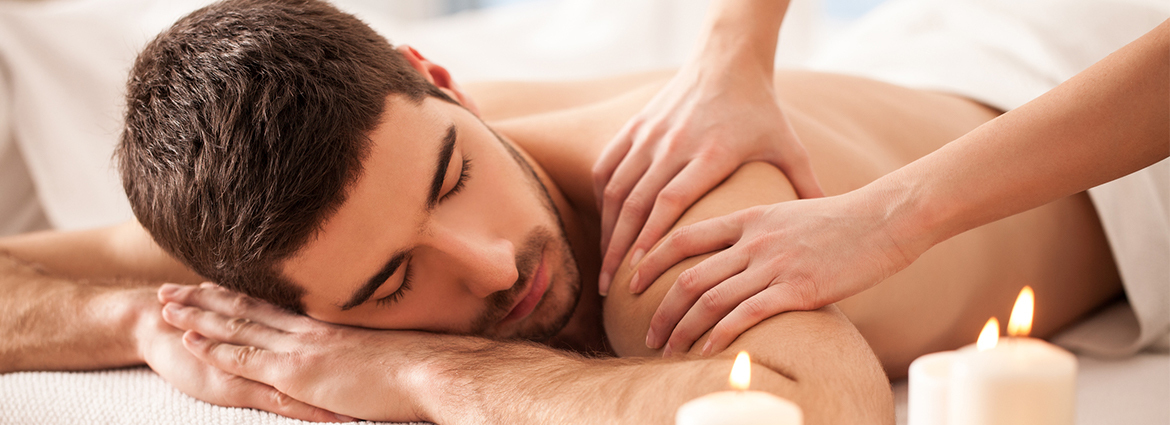Knee pain is a common ailment that most of us experience at some point in our lives. This pain can occur in a variety of locations around the knee joint, and all locations may indicate different possible causes or disorders.
Knowing the location of knee pain may assist in diagnosing potential problems and identifying appropriate medical treatment. But how do you understand what the various knee pain locations mean?
Knee pain can arise for several reasons and range from mild to severe. Yet, with an accurate diagnosis of the causes, you might get the ideal treatment and go on the path to recovery. The knee pain location chart gives you insight into the origin of the pain and its potential connections to other injuries and problems.
The knee pain location chart describes areas that include:
- Upper front
- Lateral pain
- Medial pain
- In the center
- Back of the knee
Knee Pain Location Chart
A knee pain location chart is a visual aid that depicts various areas around the knee where pain or discomfort may occur. It typically divides the knee into specific regions, such as the front (anterior), back (posterior), sides (medial and lateral), and around the kneecap (patellar). This chart helps individuals or healthcare professionals identify and communicate the exact location of pain, aiding in diagnosis and treatment planning for knee-related issues.
Generalized Knee Discomfort
- Location: We observe pain throughout the knee joint without pinpointing a specific location.
- Possible Reasons: Generalized knee joint aches are the most common form of knee pain. It might result from different conditions, such as osteoarthritis, gout, rheumatoid arthritis, patellar tendinitis, or bursitis. This form of pain often shows widespread swelling or degeneration around the knee joint.
Anterior Knee Pain
- Location: Ache in the knee joint localized at the front side of the knee, surrounding the kneecap (patella).
- Possible Reasons: Patellofemoral Pain Syndrome (PFPS), usually known as “runner’s knee,” is a frequent reason for anterior knee pain. It happens due to poor tracking of the kneecap covering the thigh bone (femur), sometimes aggravated by excessive usage or poor biomechanics between activities such as jumping or running.
Medial Knee Pain
- Location: Ache on the inner area of the knee.
- Possible causes: Issues with the medial collateral ligament (MCL), osteoarthritis, or medial meniscus tears are often associated with medial knee ache. Stress or injury to the MCL, a fiber in the inner area of the knee, can happen from surprise twisting or direct injury. Meniscus tears may also result in pain in this area, and osteoarthritis can cause knee joint degeneration and swelling.
Lateral Knee Pain
- Location: Ache on the outer area of the knee.
- Possible reasons: Injuries, such as those to the lateral collateral ligament (LCL) and lateral meniscus tears, commonly cause lateral knee pain. LCL injuries, like MCL damage, often occur due to a sudden impact or stress that damages the ligament. Lateral meniscus tears might also lead to aches in the outer area of the knee.
Posterior Knee Pain
- Location: Ache behind the calf and knee.
- Possible causes: Conditions like Baker’s cyst, popliteus muscle injuries, or hamstring tendonitis can cause posterior knee ache.
- Baker’s cyst is a liquid-filled sac that develops behind the knee, sometimes due to hidden knee joint issues.
- Hamstring tendonitis is swelling of the hamstring tendons, which might cause pain in the back side of the knee.
- Popliteus muscle damage is rare but can lead to discomfort on the posterior side of the knee.
Treatment for knee pain
Treatments can make things easier; your indications may include the following:
- You should refrain from movements that intensify your pain initially, and gradually resume your activities.
- You should ice the outer area of your knee as it develops pain.
- Administering over-the-counter pain medications, including NSAIDs.
- To support your knee, use a knee brace or cover it with tape.
- Compression is used to help avoid inflammation.
- Wearing particular shoe inserts facilitates keeping your feet in accurate alignment.
- elevating your knee.
- You should be doing special physical exercises to strengthen and stretch the muscles surrounding your knee and hip.
Most people can treat their knee pain with these steps, but some cases require surgical procedures. You rarely require surgery immediately. If related treatments don’t show results, you may demand it later. Your healthcare expert may suggest you see a knee pain specialist in Dallas. He or she will talk to you about your options.
When to Call Your Healthcare Provider?
Consult your healthcare professional immediately if:
- Your indications don’t improve after a few weeks of treatment.
- Do you feel any new indications?
Conclusion
Please keep in mind that the above suggestions are usual care tips. Contact a healthcare professional at pain management in Dallas in case of any uncertainty surrounding wound healing and treatment.
Always visit your doctor if an injury is serious, bleeding profusely, or manifesting signs of infection. For diabetic individuals, especially, proper injury care holds major importance. Avoid hesitation to discuss any worries you may have related to your doctor or your treatment, even if it comes to acute wounds and cuts—particularly if they’re present on your feet.









